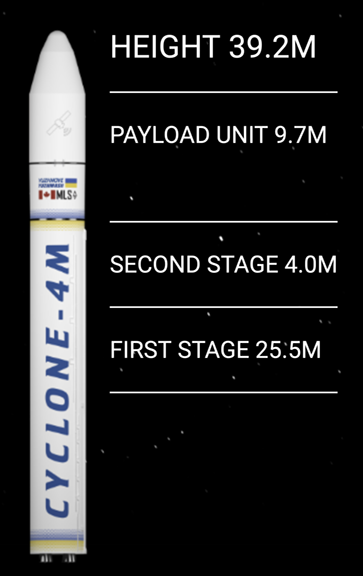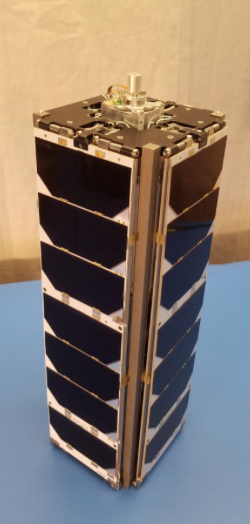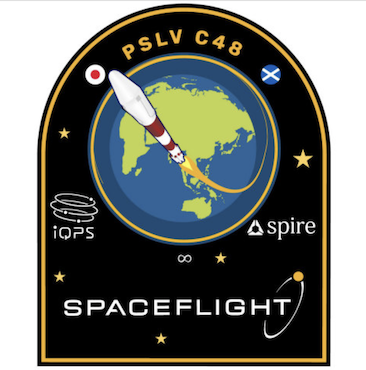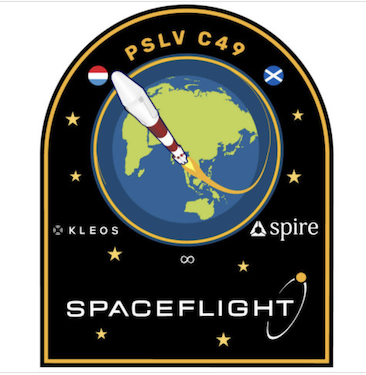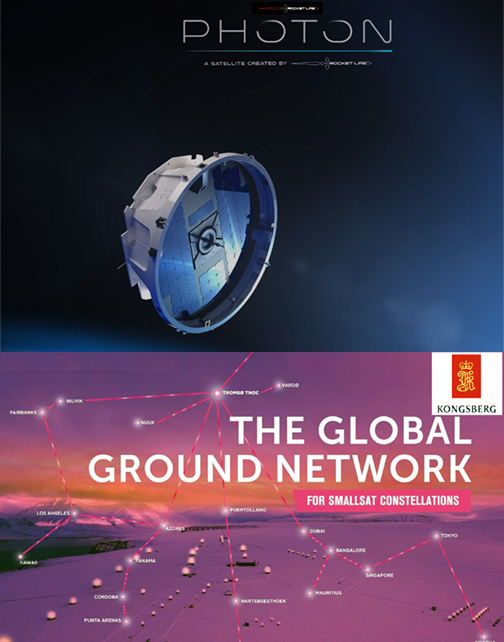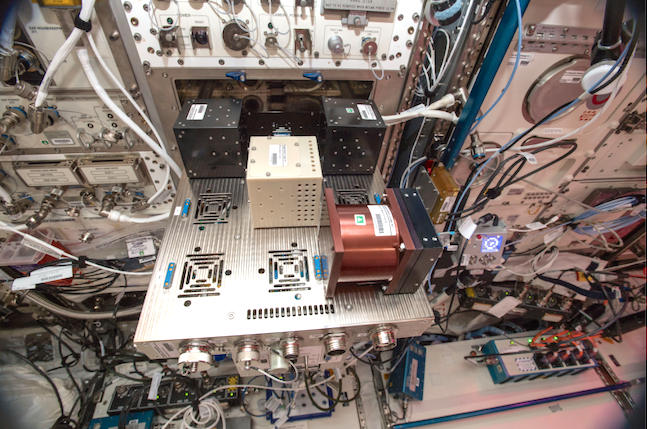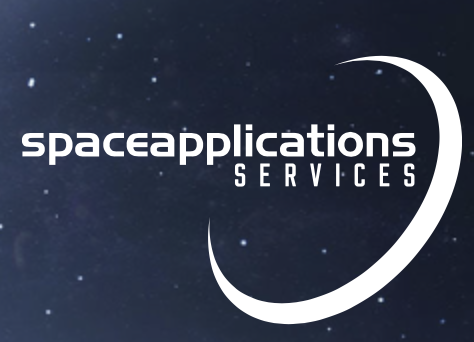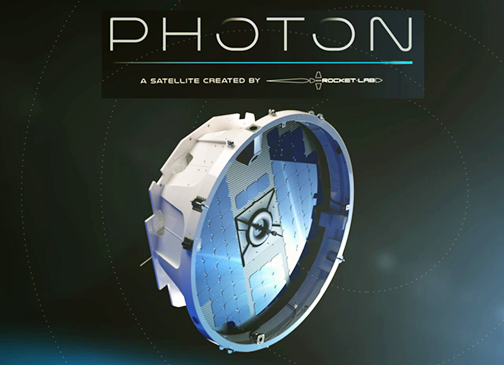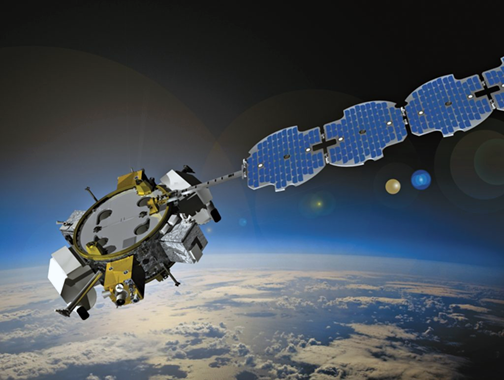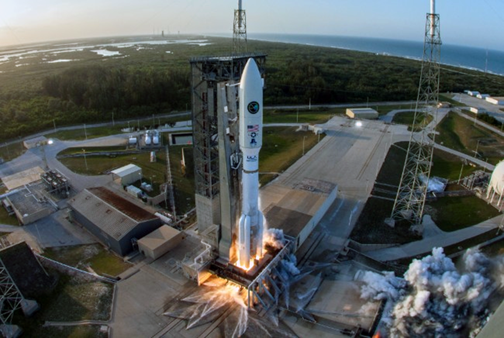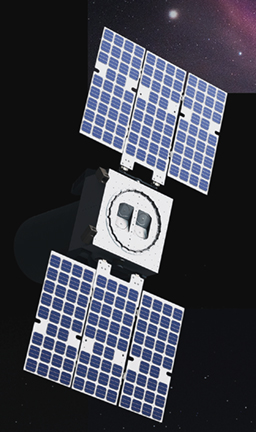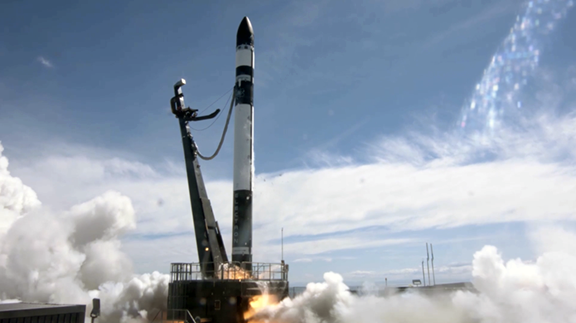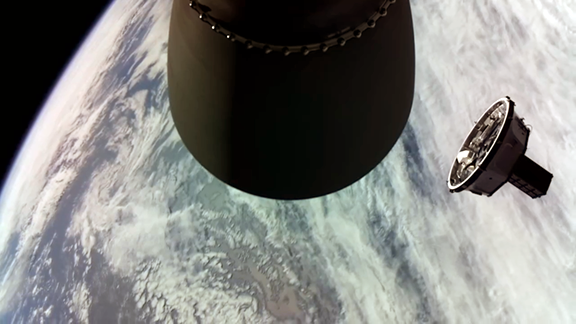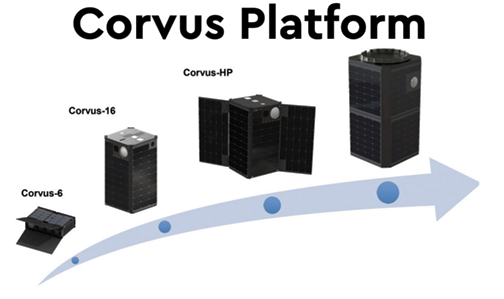
The space industry has been revolutionized by the ever-increasing production and launch of smallsats.
Additive manufacturing technologies has helped this radical change to be fulfilled as well as have itself reach new heights with the manufacture of structural components for the new generation of space parts using high performance composite materials.
Although much still must be done to reach an extensive use of additive manufacturing for space applications, CRP Technology’s built a considerable experience supplying cutting-edge solutions for space key industry leaders. A clear and remarkable example comes from the experience with LISA.

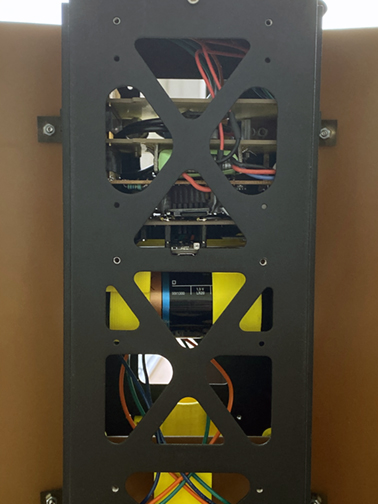
Prototype payload inside the structure.
Photo is courtesy of CRP Technologies.
The Italian-based company specialist for more than 25 years in the use and development of advanced additive manufacturing technologies and materials collaborated with the Laboratoire InterUniversitaire des Système Atmosphérique (LISA) of Universite Paris-est Creteil (UPEC) on the construction of a smallsat that is a 3U cubesat form factor. The project was carried by students under CNES and Space Campus University supervision.

The goal was to develop a demonstrator that can be flight-ready in LEO. The engineering team at LISA and CNES decided to rely on CRP Technology and its Windform® TOP-LINE family of high performance materials for the manufacturing of the nano-satellite.
The project manager at LISA said that using such a process and composite material from Windform’s® TOP-LINE, the company knew for certain the structure could be designed exactly the way the firm needed it to be designed. The design has been done taking into account all of the constraints. CRP Technology’s support was crucial to achieve all aims. Their Windform® TOP-LINE materials and additive manufacturing process allowed us to reduce mass and optimize the way to integrate parts inside the cubesat. The structure had to survive vibration tests (to endure the launch) and thermal-vacuum tests. It had also to withstand outgassing requirements.
Cubesat structure is critical, as it has to fulfill the launch-pad (P-Pod) requirements in terms of dimension, flatness and roughness, but also for outgassing, UV resistance, thermal expansion, and general space constraints. Plus, if it breaks, or stays stuck in the P-pod launcher, the mission is over.
To read the entire story, please access the upcoming November issue of SatMagazine…



